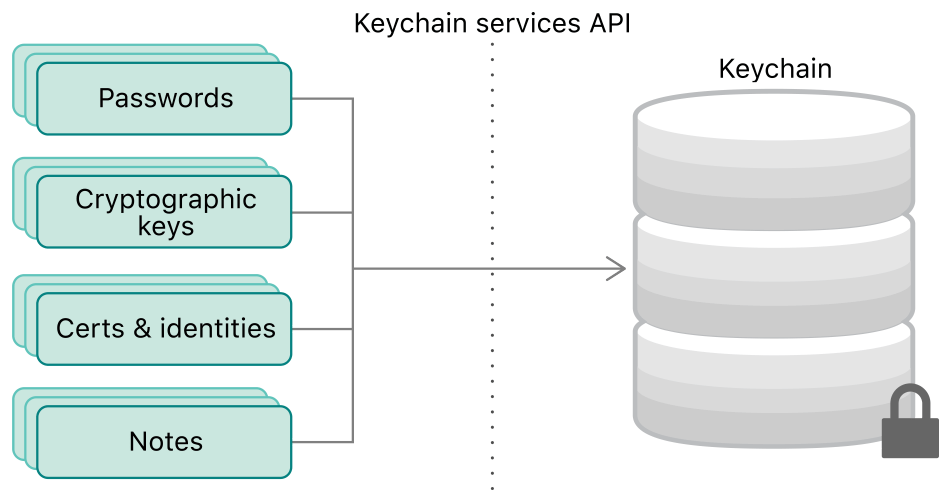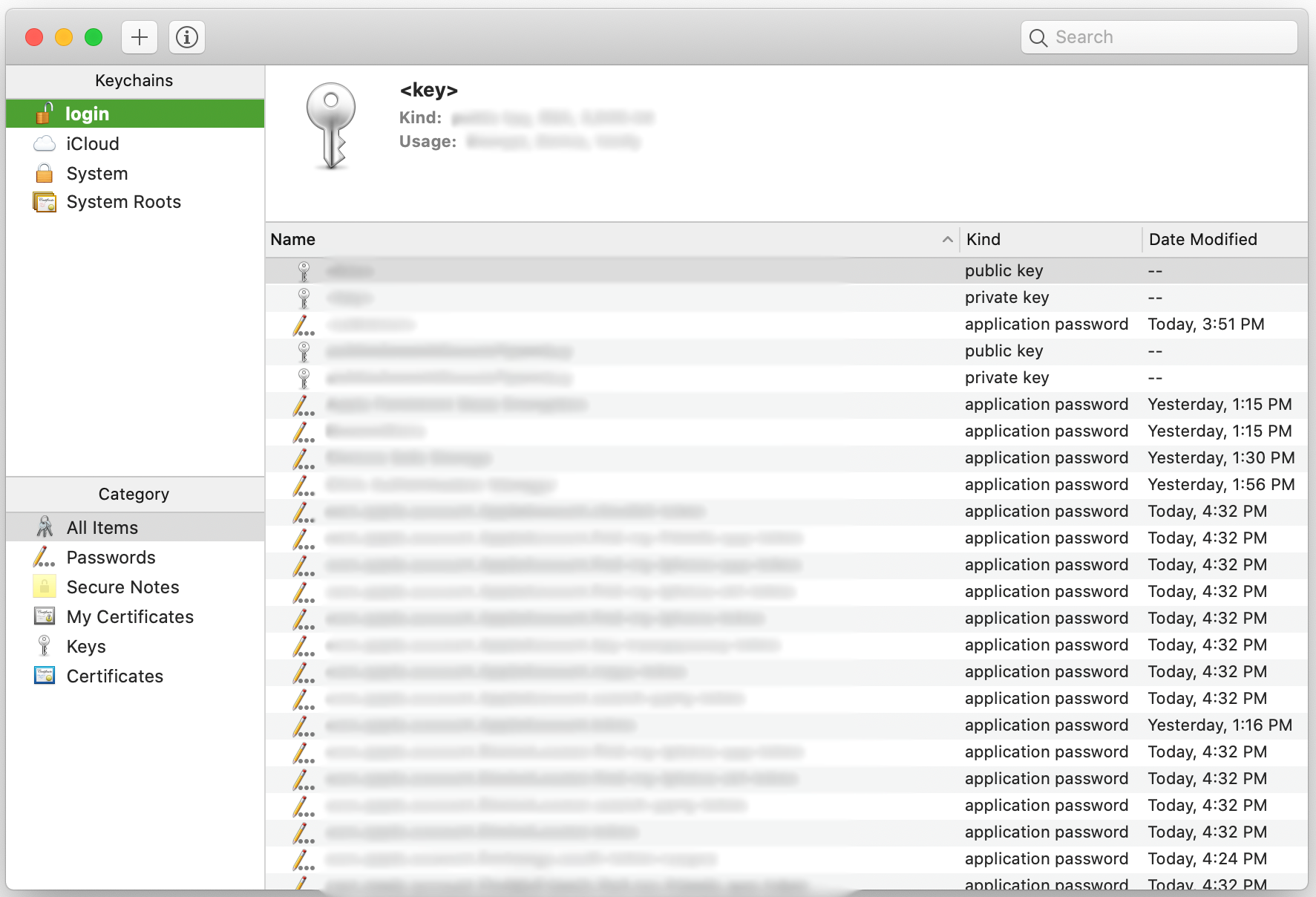


First a key pair is generated, then the public key, along with your identity information, is put into a Certificate Signing Request (a.k.a. Generating a key pair is the first step toward getting a certificate. You need to go find where your private key was stored when you first generated your public/private key pair. If Keychain Access shows a certificate in your personal keychain, but it doesn't show it in the "My Certificates" list, it means you imported just a certificate but not the private key that goes with it, so OS X can't tell that it's truly "yours". The typical way to securely store a certificate along with the matching private key in an encrypted, password-protected file, is a. When stored on disk, they should be stored in an encrypted file that you need a passphrase to decrypt. Private keys must be kept completely secure and private and never given to anyone else. pem file, it most likely just contains a certificate, but not the private key that goes with it. To be able to prove that a certificate is yours, you must have the private key that forms a matched set with the public key contained in the certificate. Since certificates are publicly distributable, simply having a copy of a certificate is not proof you are the person named in the certificate, or that the public key in the certificate is truly your public key.
#Mac keychain access security certificates full#
identifying information like your full name, username, email address, etc.) to your public key.

They are just a way to securely link your identity (i.e. Go find where you left your private key and import that into the keychain, and Keychain Access will automatically see that it matches with the public key in that certificate and start showing that certificate in the "My Certificates" list.Ĭertificates are public documents that you can freely distribute. You can't use it as your certificate unless you have the private key that forms a matched set with the public key that's in the certificate.


 0 kommentar(er)
0 kommentar(er)
